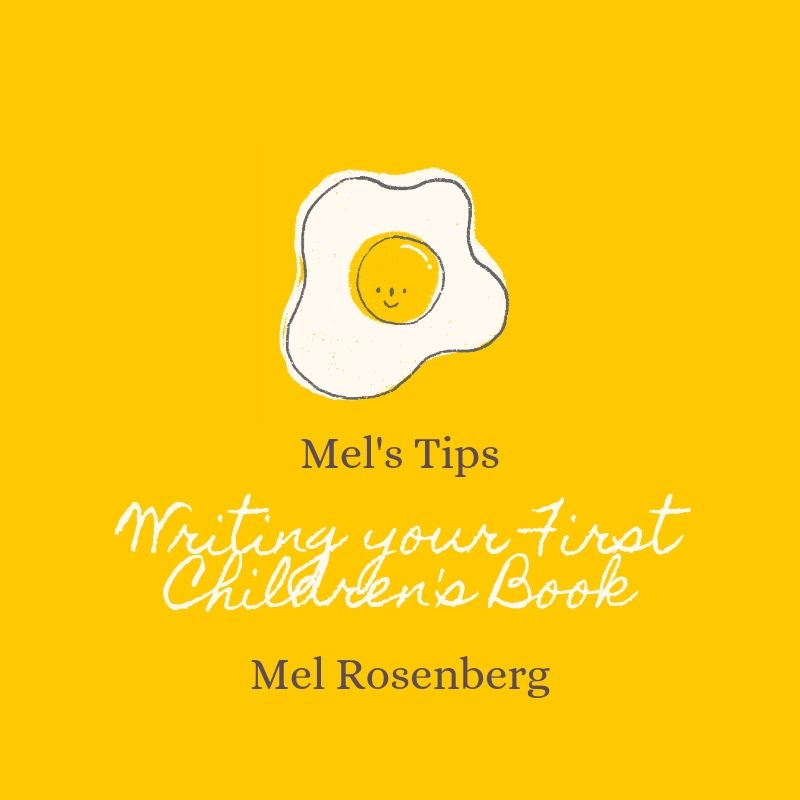
It is not that difficult to write a good story for young children (writing a great story is difficult, though). To start off you should aim for a memorable character and a story with excitement, humor and surprise. That’s not too much to ask, right?
2
In other storytelling formats (such as chapter books or film), you can take your time to develop your tale, but in a modern children’s picture book you have to cut to the chase quickly, so….
3
Get right into it. Your first page (two pages max) should fulfill several goals. The first is to introduce your protagonist (more than one only if the story requires it). Some ideas for main characters are on the opposite page. Humorous, ironic characters are a big bonus. So are characters with a bone to pick.
4
A boy, a girl, a giraffe (or any other animal), a fairy, a king, queen, prince, princess, hunter, lonely clown, apple picker, toy, ghost, teapot
5
Secondly, you want to us to feel compassion towards the main character (empathy). We need to care about him or her. Does he/she do something kind or altruistic in the opening scene? There are other ways to create empathy on the opposite page.
6
We want a character we can identify with, learn from, who we feel deserves to win in the end. Is he risking himself to fight for a cause? For love? What is his/her redeeming quality that shines from the begining? Is he thrust into danger or grief? Is he trying to protect his family, friends, or displaying another esteemed trait? Is he/she facing an inner demon?
7
More on empathy? Here you go:
8
Thirdly, what motivates the character? What does he or she or it feel very strongly about? What does the protagonist want? How bad does he/she want it? We all know that strong feelings and wishes can sometimes get us in a lot of hot water.
9
According to Blake Snyder (“Saving the Cat”), there are several basic kinds of stories. Self discovery, wishes that go awry, ordinary types who get thrust into extraordinary situations, growing up, friendship, discovering a deep dark secret, dealing with institutions (including families), and superheroes (with human foibles).
10
In a story, something should to be waiting to happen. What is the opening setting for your story? A school, a house, a forest? Are there special things we should know?
Then you want to kick over the apple cart, introduce a surprising calamity that makes us want desperately to flip the page and read on, because…
11
The hero that we already feel compassion for is suddenly thrust into a new reality. Sometimes the new situation is because of an enemy (antagonist). Sometimes the enemy is nature itself. Sometimes the protagonist has brought the calamity on himself (or herself). Is our hero’s life in mortal danger? That will keep the audience riveted on the story because…
12
They really want the protagonist to succeed. Our hero tries this. Our hero tries that. In vain. Nothing seems to work. That’s good. Are things getting progressively worse? Even better. Is it okay to exaggerate? You bet – it’s a children’s book! The readers can’t wait to turn the pages to see what happens next? Excellent.
13
Suddenly something positive appears to happen and the clouds begin to part. Our hero is almost out of the woods. But then…
14
AAAH! Another giant obstacle appears. Perhaps the largest of them all. All seems lost. The hero has to confront his/her demon, weakness, oversight, the reason he/she got into trouble in the first place. The stakes are high. His/her family is in danger. His/her city is in danger. The world is in danger. Everything counts on the hero. But will he/she rise to the challenge?
15
Yes!! He/she does!!! Has the hero learned a lesson? Great. Then it’s our lesson as well. The story concludes with a feel good scene. Optimally a scene that mirrors the first scene, but with a difference that makes all the difference.
16
You’ve done a great job. Send your story to me [email protected]. We might put it on our homepage!
But before that, a few more things:
17
Stories need a really good title. Sometimes the title comes first and dictates the story. Sometimes we write the story first. Whatever the case, you need a strong, authentic title. Get one, and then…
18
Check whether you can hook your reader in one sentence.
“When Cheshire the Cat’s magical smile is stolen, he discovers that it has been sold to an evil sorcerer.”
19
Read the story aloud. Fix what doesn’t sound right.
Come back to your story after a few days and improve your draft. Again and again.
20
Making sure that wherever you can, you are showing, rather than telling. Rather than tell the audience that “Cheshire had a bright smile.” You can show them by saying, “Cheshire’s smile was brighter than a lit lamp.” Rather than say, “Georgia was sad”, you can say “Georgia’s heart crumpled.”
21
More on showing versus telling:
22
Better not to rhyme unless you are a seasoned poet or songwriter. Rather concentrate on the protagonist and the story.
23
Have fun!!!!!!!!!!! It has to be fun!!!!!!!!!!
24
Published: Aug 25, 2019
Latest Revision: Jun 2, 2020
Ourboox Unique Identifier: OB-671258
Copyright © 2019








